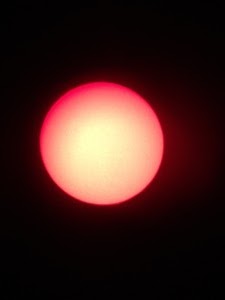It appears that Constellation Park was dedicated in 1999, according to a plaque on the site. It is one of several small parks that were created in the neighborhood during the 1990s, all of which came about through partnerships between local artist Lezlie Jane, the Alki Community Council, and the City’s Neighborhood Matching Fund. Part of the reason for the limited visibility of the park is that, formally, it is attached to the Charles Richey Sr. Viewpoint, which itself is an extension of Alki Beach Park. It is along Beach Drive south of the Alki Point Lighthouse and south of the main business district along Alki. It is a popular destination for whale watching and, during low tides or after storms, is a paradise for beachcombers.
There are three main attractions at Constellation Park and Marine Reserve: an interpretive marine reserve, a commemoration of a rare planetary alignment, and the Avenue of Stars.
Marine reserve
The marine reserve includes a tidepool sculpture by artist Jane that features starfish, snails, clams, and an octopus. A nearby interpretive wall done in tile sports illustrations of intertidal flora and fauna that can be found on local beaches.Planetary alignment
There was a rare alignment of planets on Dec. 5, 1997, when seven of the eight planets other than Earth were all in the same section of the sky. The positions of the planets during that alignment are noted by brass markers set into the sidewalk right at the end of the park near 63rd and Beach.It would have been impossible to see Pluto at that time and place; you always need a good telescope and pretty dark skies to spot it. Uranus and Neptune would have been extremely challenging, too, until the sky got a bit darker. But Jupiter, Venus, Mars, and Mercury would have been pretty easy to spot, given clear weather. Saturn was the only planet not involved. It’s fun to note that, at least at Constellation Park, Pluto is still and always will be a planet. There were some sidewalk markings at the site on our most recent visit, indicating possible construction or utility activity in the future. We hope it doesn’t disrupt the solar system!
Avenue of Stars
The highlight of Constellation Park is the Avenue of Stars, which begins at about 64th and Beach Drive and runs along Beach almost to Benton Place. Representations of 27 constellations are embedded in the sidewalk, with one brass star for each star of the given constellation’s well-known asterism. The biggest and brightest stars are identified by name. The constellations are grouped on the sidewalk by the season during which they’re visible at around 10 p.m. from Constellation Park. It’s a good spot for stargazing, as the park essentially looks out over Puget Sound to the south and west, with good horizons for spotting constellations and other celestial objects in all directions.Woody Sullivan, a professor emeritus of astronomy at the University of Washington, is listed as an in-kind donor to the project, no doubt lending his scientific expertise to the art of the project. Sullivan has had a hand in much public astronomy art and information, particularly on a number of sundials in the area.
 |
| Orion as depicted in brass on the Avenue of the Stars in West Seattle. Photo: Greg Scheiderer. |
We couldn’t find this specific quote with a quick Internet search, so presume it is an original written by Mr. Holtschlag. Certainly a similar sentiment has been expressed many times, from Galileo and Einstein to Tennyson and Chief Seattle, and it captures the allure astronomy has for many of us, amateur or professional.“Gazing at the stars I see light that has traveled vast distances of time and space and know that I am connected to everything.”
So, wander down to Constellation Park a little before sunset on the next clear evening. Find the constellations that are visible on the season. Then wait for night to fall and enjoy some ancient light from far across the universe.






























